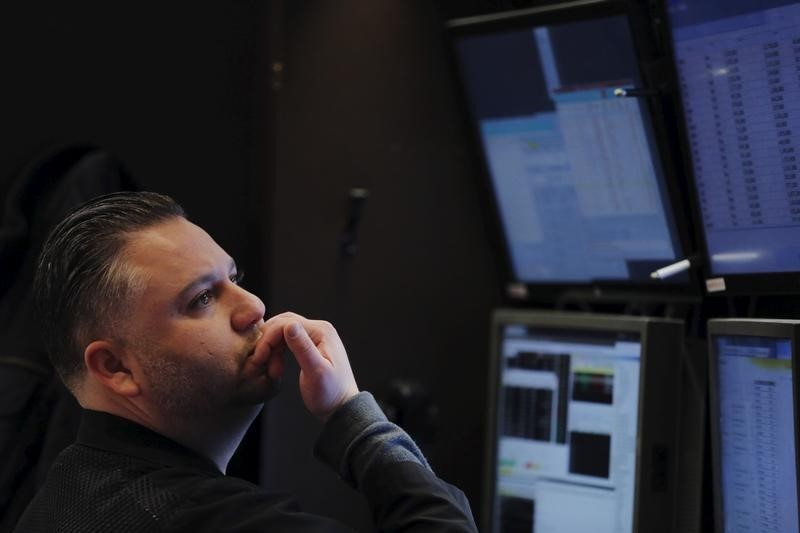Mystery Trade Adds Almost $9 Billion to Vanguard S&P 500 Fund By Bloomberg

(Bloomberg) — Near the start of December, a mystery over-the-counter trade pulled about $7 billion from Vanguard Group’s S&P 500 exchange-traded fund. It just got it all back and more.
The $194 billion Vanguard S&P 500 ETF (ticker VOO) added $8.7 billion on a single day this week, about two months after that record withdrawal. Similar to the 2020 mega outflow, VOO’s cash infusion came amid lower-than-average trading volumes and there were no noticeable large block trades, according to data compiled by Bloomberg.
It all points to another monster over-the-counter trade.
“A large institution arrives with, say, 200 equities that are in the S&P. They work with a broker to get that morphed into a VOO position,” said Dave Nadig, chief investment officer at data provider ETF Trends. “The most likely reason for a trade like this is liquidity. All ETFs are much easier to manage, from a liquidity perspective, than any basket of individual securities.”
When cash flows into an ETF, a market maker known as an authorized participant, or AP, gives the issuer more of the fund’s underlying assets in exchange for new shares to meet demand.
An investor ordinarily buys or sells their ETF shares on an exchange. But instead of buying on the open market with cash, they could theoretically take some of the underlying assets to an AP, and arrange for them to be swapped into ETF shares. In this way, assets would flow into the ETF, but volumes associated with the transaction would not show up on the exchange.
The latest data show a similar trade also cycled through the $251 billion iShares Core S&P 500 ETF (IVV) this week. Roughly $7.6 billion poured into that fund, amid muted exchange trading volume and without any discernible large transactions. That inflow comes after $8.3 billion was yanked from IVV in a single day in mid-December.
Vanguard spokesman Freddy Martino declined to comment on the VOO flow. BlackRock (NYSE:BLK) didn’t immediately respond to a request for comment on IVV’s jump in assets.
In the eyes of Bloomberg Intelligence analyst Eric Balchunas, it’s likely that the same institution was behind the outflows and inflows for both funds. He noted that a similar pattern took place last year.
“Basically this is an investor who wants to be exposed to S&P 500 but has some purpose for selling out and buying back in around end of year, probably tax-related,” he said.
©2021 Bloomberg L.P.

